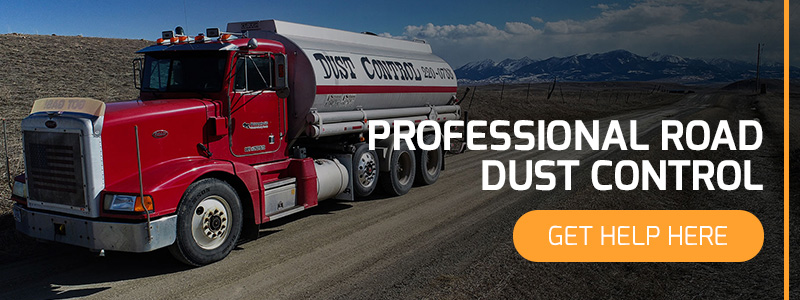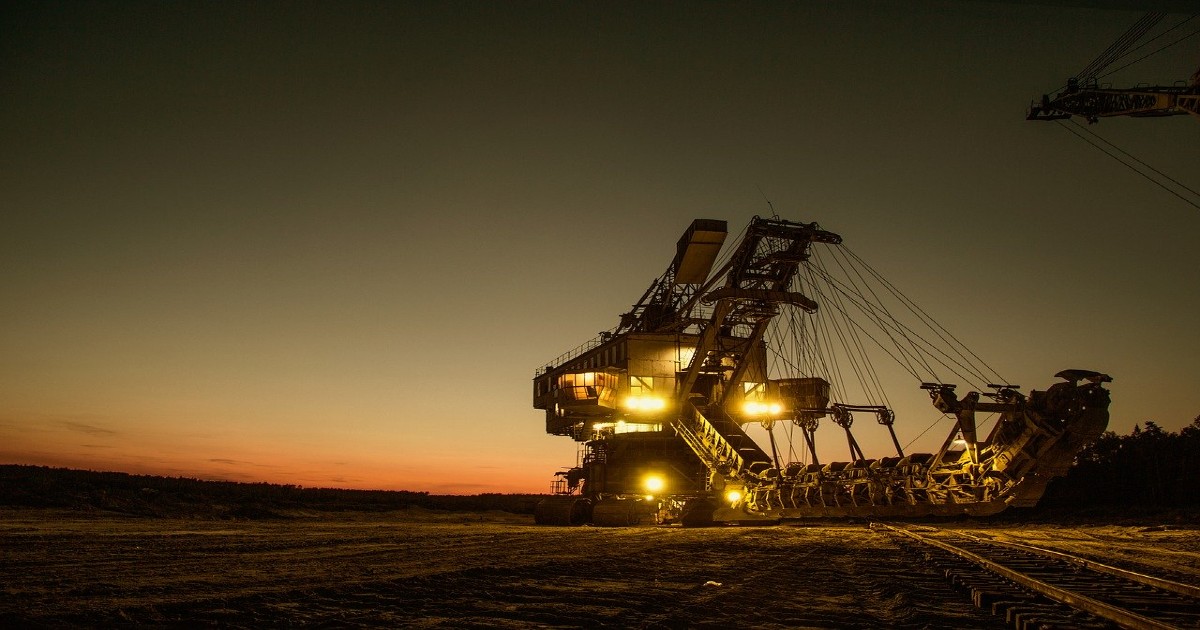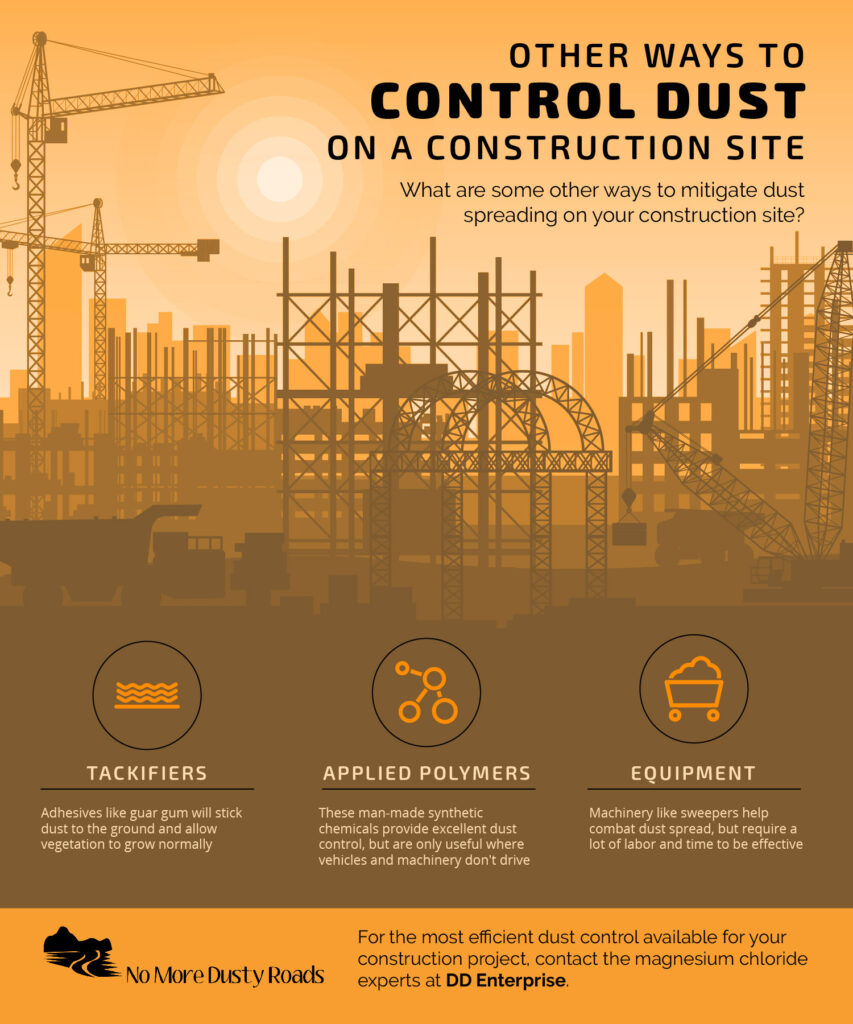Dust is everywhere, but it is especially prevalent on construction sites due to the amount of activity that takes place on them. In today’s blog, the dust control experts at DD Enterprise LLC will be going over some of the best ways to manage dust on your construction site.
Water
Water is plentiful enough in most areas that it is used as the predominant solution to minimizing dust on construction sites. It is quite effective, too — a coating of misted water on any surface will quickly bind to dust particles, adhering them to the ground and preventing them from moving into the air.
However, water tends to evaporate quickly, requiring regular applications of it in order to prevent dust from spreading back into the surrounding environment; on larger sites, this can result in a massive waste of resources as workers are forced to dedicate time and energy to a process that perhaps could be handled in a more economical manner.
There are other problems with using water as a dust mitigation tool. Applying too much can turn soil damp, making it difficult to maneuver for workers and construction vehicles. Applying too little will have absolutely no effect on dust control and just results in a waste of time and materials.
In many states, water regulations make it difficult or outright impossible for contractors to use water for dust control purposes, so many companies are forced to consider other options.

Vegetation
Vegetation plays a big part in natural dust control. Trees block dust from spreading to other areas during windy periods, while bushes do the same thing for dust and dirt trapped lower to the ground. Even lawns play a part in dust control, trapping dust particles in the soil.
For construction sites that are located in areas containing a lot of vegetation, dust is not an overriding issue — the majority of the detritus kicked up by active construction will be absorbed by the surrounding greenery, so there is little to no need for more exotic forms of dust control. In dryer regions such as Montana, a lack of vegetation means that some form of manual dust management will be necessary.
So what can contractors in these drier regions do to control dust on their worksites? One solution is to take steps before the actual construction starts. For example, applying grass seed and mulch to sections where vegetation won’t “get in the way” of work is one of the best options for mitigating dust on a construction site. Another great way to control dust is to plant bushes and scrubs in strategic spots where dust is estimated to be a potential problem.
Fencing And Barriers
Barriers like silt fences and wattles won’t entirely prevent dust from roaming on your construction site, but they certainly will help contain it to make it more manageable. A well-placed barrier will slow dust that has been kicked up by wind or other activity, but gaps will always be present to allow for some dust to spread out.
When you’re using fencing or barriers to mitigate dust movement on a job site, it always pays to remember that additional steps must be taken in order to have a truly effective system. Along with a combination of vegetation and manual dust control such as misted water, barriers can be a great solution to manage spreading dust.
Magnesium Chloride
A non-toxic compound that occurs naturally, magnesium chloride is one of the most effective ways to combat dust on a construction site. Found in abundance in the Great Salt Lake of Utah, magnesium chloride works by binding water and moisture to the ground. It lasts substantially longer than water and only needs to be reapplied every few months, which results in lower costs for contractors.
DD Enterprise uses magnesium chloride to control dust on gravel roads and construction sites located throughout Bozeman, Montana and the surrounding area. If you’re a project manager looking for a superior solution to dust suppression on your job site, contact DD Enterprise today to find out about what magnesium chloride can do for your project.


